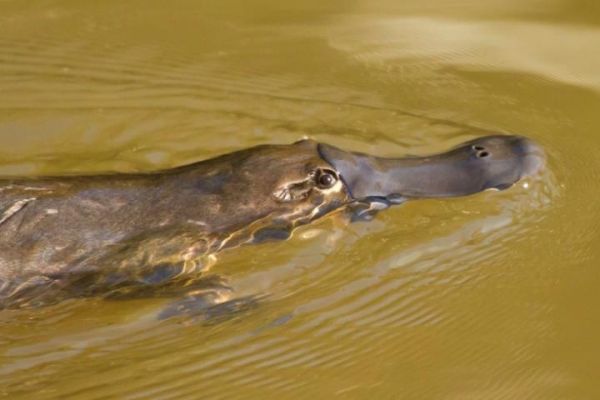Sixty-nine pharmaceutical compounds have been detected in stream insects, some at concentrations that may threaten animals that feed on them, such as trout and platypus. When these insects emerge as flying adults, they can pass drugs to spiders, birds, bats, and other streamside foragers. These findings by an international team of researchers were published today in Nature Communications.
Pharmaceutical pollution is present in surface waters globally. Drugs enter the environment because most wastewater treatment facilities are not equipped to remove them from sewage. Septic tanks, aging pipes, and sewer overflows contribute to the problem.
Emma Rosi, an aquatic ecologist at Cary Institute of Ecosystem Studies and a coauthor on the paper, explains, “Stream life is swimming in a mixture of pharmaceuticals. Our study is the first to show that this chronic drug pollution can concentrate in aquatic insects and move up food webs, in some cases exposing top predators to therapeutically-relevant doses.”
Surveying pharmaceuticals in streams
The team sampled six streams in Melbourne, Australia for 98 pharmaceutical compounds – the most exhaustive screening to date. Pharmaceuticals measured included common drugs like antibiotics, antidepressants, antihistamines, and NSAIDs. Study sites were selected along a gradient of wastewater contamination that included a site downstream of a wastewater treatment plant and a site in a national park.
Read more at Cary Institute of Ecosystem Studies
Image: Starting with filter-feeding insects, pharmaceutical compounds in stream water accumulate in aquatic organisms' tissues. This means that animals that eat aquatic insects, like platypus, get a dose of pharmaceuticals with their meals. (Credit: Denise Illing)


